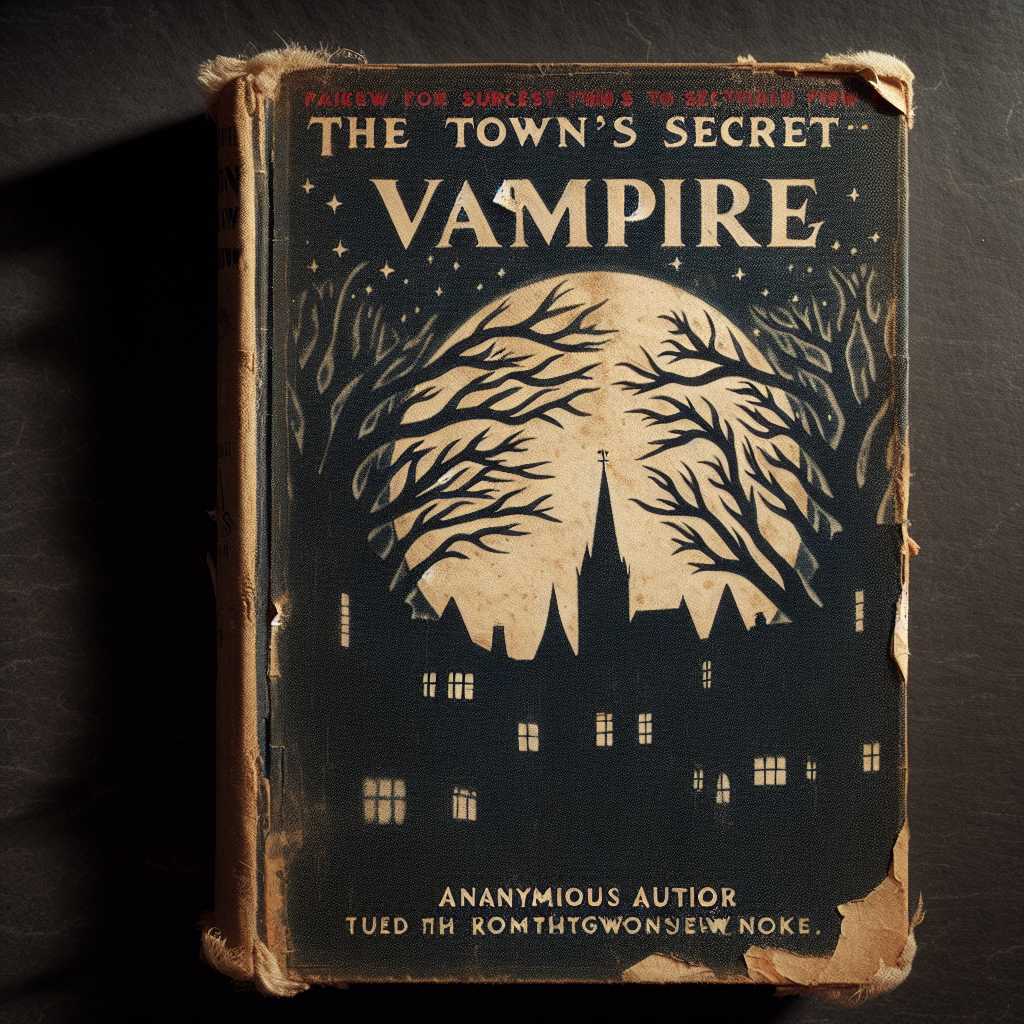Salem’s Lot: Exploring Stephen King’s Iconic Vampire Novel
Salem’s Lot, a novel by Stephen King, stands as a hallmark in the genre of horror literature. Since its publication in 1975, the book has captured the imaginations of readers worldwide with its chilling tale of vampires engulfing a small town in Maine. The story expertly blends traditional gothic elements with modern fears, reflective of the era in which it was written. In exploring ‘Salem’s Lot, we delve into its plot, characters, themes, and the author’s approach to reimagining vampire lore. Through understanding this seminal work, we appreciate its lasting impact on horror fiction and its legacy within Stephen King’s expansive body of work.
Synopsis of ‘Salem’s Lot
‘Salem’s Lot follows author Ben Mears as he returns to his hometown of Jerusalem’s Lot, Maine, to write a book inspired by his own traumatic experiences at the Marsten House—an old mansion with a malevolent history. His arrival coincides with the presence of two new occupants, Straker and Barlow, who take up residence in the notorious house and silently begin to convert the townspeople into vampires.
Literary Examination and Themes
Stephen King revisits the essence of Bram Stoker’s “Dracula” by introducing an ancient evil that invades a contemporary setting. The juxtaposition places traditional vampire mythology in a realistic and relatable environment. The novel traverses themes such as the penetration of evil into daily life and exposes the façade of normality that pervading darkness can corrupt. King touches upon societal issues implicit to small-town America, often highlighting how ignorance and apathy can allow horrific acts to prosper unchecked.
Character Analysis and Development
King’s development of characters is intensive; by fleshing out his characters thoroughly, he places the reader directly into their psyche and daily lives. From the flawed protagonist Ben Mears to the young Mark Petrie, whose childhood is ripped away by horror, every character embarks on a drastic arc due to the vampiric infestation. Standout personalities like Father Callahan—an alcoholic priest facing a crisis of faith—mirror larger questions surrounding spiritual belief and moral obligation common throughout many of King’s stories.
Influence on Vampire Genre and Horror Fiction
King was notable for modernizing vampire lore. He moved away from gothic castles and exotic European locales to lay siege on Americana. By doing so within ‘Salem’s Lot, he carved a niche for horror in the landscape of everyday life. The novel received broad praise and is credited with helping revitalize interest in vampire fiction at a time when the trope was becoming moth-eaten through stereotyped depictions.
Reception and Legacy
Upon release, ‘Salem’s Lot garnered positive reviews for both its unabashed embrace of the horror genre and its literary craftsmanship—a pattern seen throughout much of King’s literature. The book solidified King’s reputation as a master storyteller and found its place not only in popular culture but also academia where it has been studied for its narrative technique and thematic depth. Its influence pervades countless vampire narratives that followed in literature, film, and television.
Adaptations: From Novels to Screen
The immensity of King’s vision transcended onto various media platforms. ‘Salem’s Lot has inspired numerous adaptations including a 1979 television miniseries directed by Tobe Hooper and a 2004 miniseries starring Rob Lowe, attesting to the story’s enduring appeal.
Notes
Image Description: A tattered first edition cover of Stephen King’s ‘Salem’s Lot’, with spooky illustrations reflecting themes from the iconic vampire novel—shadows of trees under moonlight signaling mystery and horror.

